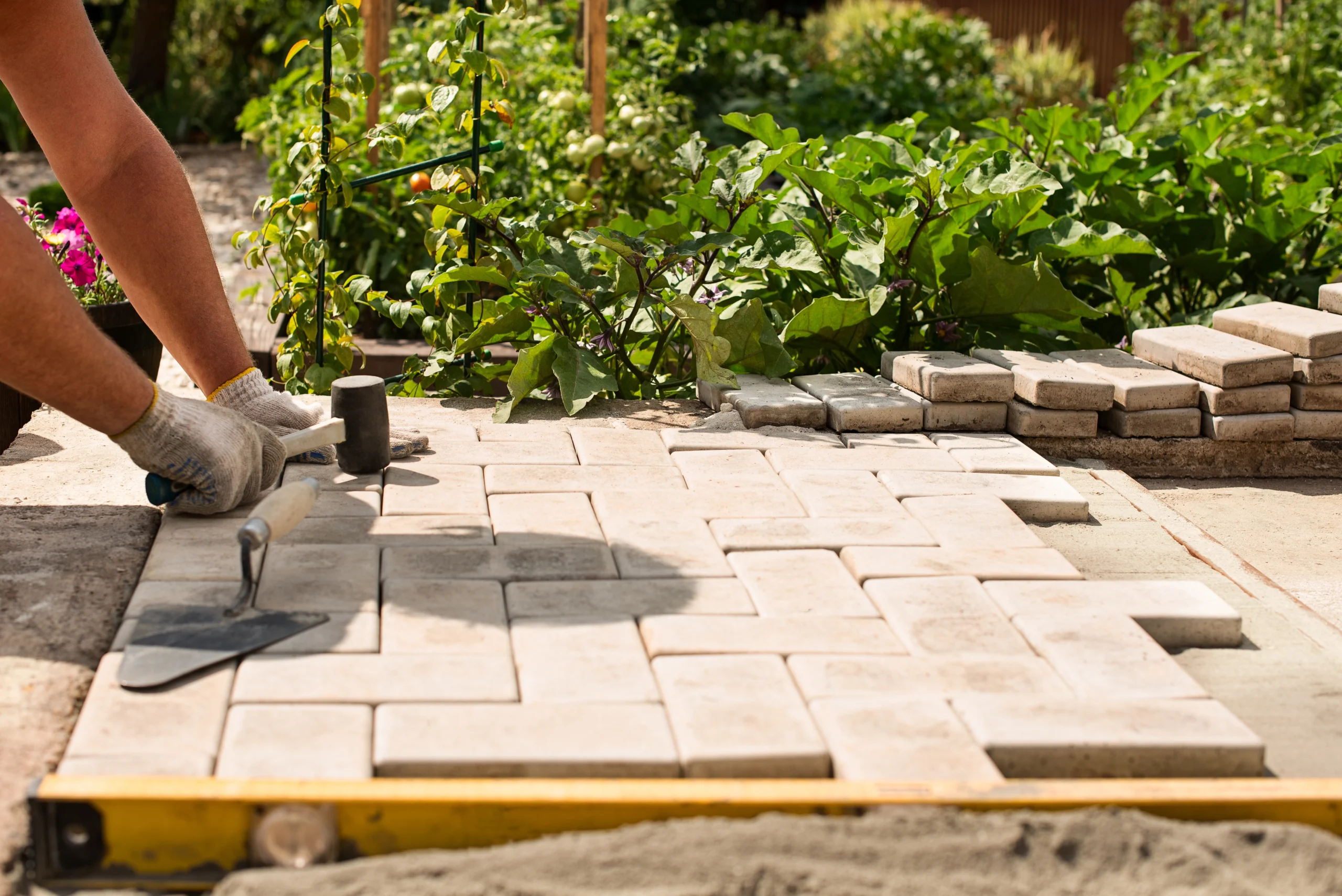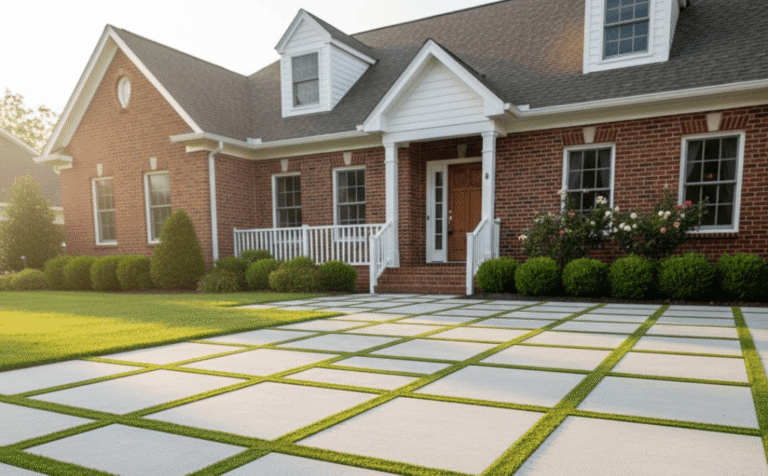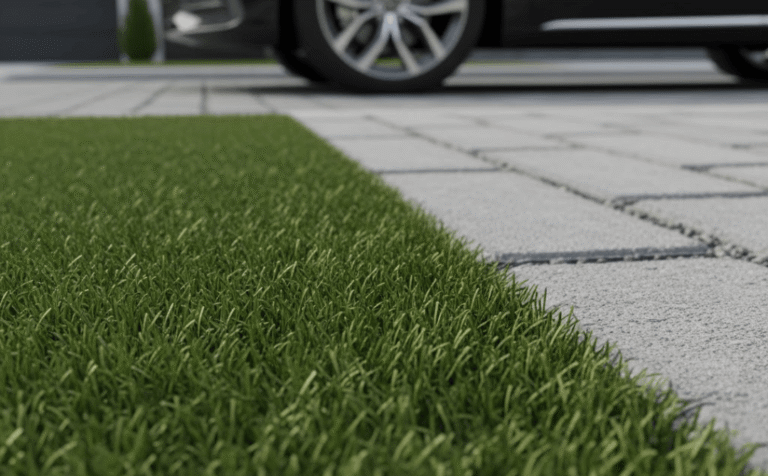How to Choose the Best Pavers for Your Patio: Expert Tips and Factors to Consider

Choosing the best pavers for your patio is an important decision that requires careful consideration and planning. Patio pavers not only need to complement the overall design of your outdoor space, but they also need to be durable and able to endure the elements. With a seemingly endless array of materials, colors, and shapes to choose from, selecting the right pavers can be an overwhelming task.
When considering the design of your patio, it’s important to think about factors such as the size of your outdoor space, your personal tastes, and your budget. Pavers come in a variety of materials including concrete, brick, natural stone, and even porcelain, each with its own unique benefits and drawbacks. By understanding the qualities and differences of these materials, homeowners can make more informed decisions based on their specific needs and preferences.
In addition to materials, the layout and pattern of your pavers also play a crucial role in the overall aesthetic of your patio. From traditional herringbone and basketweave patterns to more contemporary designs, the way your pavers are arranged can significantly impact the look and functionality of your outdoor space. Consider consulting with a professional to help you find the perfect combination of materials and patterns that will truly bring your patio to life.
Choosing the Right Materials and Design
Evaluate Material Options
When selecting the best pavers for your patio, it is essential to consider the various material options available. Some common materials include natural stone, brick, concrete, clay, granite, limestone, slate, fieldstone, and travertine. Each material offers different features and benefits, making them suitable for different styles and environments. For a more eco-friendly choice, you may want to consider using recycled or reclaimed materials, which can also provide a unique and rustic appearance.
Below is a table comparing the key characteristics of some popular paver materials:
| Material | Aesthetic | Durability | Maintenance |
|---|---|---|---|
| Natural Stone | Unique, Rustic | High | Low |
| Brick Pavers | Classic, Uniform | Medium | Medium |
| Concrete | Smooth, Modern | Medium | Medium |
| Travertine | Elegant | High | Low |
| Clay | Natural | Medium | High |
Consider Design and Aesthetics
Different paver materials also offer a wide variety of shapes, colors, and textures. You can choose from smooth, cobblestone, or wood-like textures, depending on the aesthetic you’re aiming for. When selecting the design, it’s essential to consider various patterns, border options, and accent choices that can create contrast and enhance the overall look of your patio. Some popular patterns include herringbone, basketweave, and running bond.
Keep in mind that the chosen material can also determine available colors and surface textures, which can greatly impact the overall appearance of your patio. Stone pavers, for example, offer a more natural and organic look, while brick and concrete pavers provide a cleaner, more uniform appearance.
Understand Durability and Maintenance
Each paver material has its own durability and maintenance requirements, which should be taken into account when making your selection. Natural stone, for instance, typically requires less upkeep and is more resistant to wear and tear, making it a more low maintenance option. On the other hand, materials like brick and concrete may require more frequent maintenance but can still offer lasting strength and durability.
When choosing the best pavers for your patio project, it’s essential to balance the desired aesthetic and design with the material’s durability and required upkeep. By taking all these factors into consideration, you can confidently select the perfect pavers that will meet your needs and enhance your outdoor living space for years to come
Practical Considerations for Installation and Budget
Assessing Environmental and Climate Factors
When selecting pavers for your patio, it is crucial to consider the environment and climate conditions in your area. Paver materials need to be able to withstand heat, rain, wind, and other extreme weather conditions.
For drainage, assessing the landscape of your area is important to avoid standing rainwater and runoff issues. Paver textures play a significant role in tackling this issue, as textured pavers provide better traction and can manage heavy rainwater more efficiently. Smooth pavers, on the other hand, may become slippery and dangerous during rain.
Climate factors should also inform your decision on the type of base materials used. In an area with heavy rainfall, a combination of sand and gravel would provide excellent drainage, while in a dry climate, a mixture of decomposed granite and sand might be preferable. In extreme cold or regions prone to frost heaves, a deeper base of crushed stone or pea gravel should be utilized to allow adequate drainage and prevent damage to the pavers.
Calculating Costs and Budgeting
Budget is certainly an important aspect of choosing patio pavers, and an accurate estimation of costs will help avoid financial constraints in the project. The total expense can be broken down into the following categories:
- Paver material – Costs will vary depending on the chosen material (e.g., concrete, natural stone, clay, etc.).
- Base material – Expenses for sand, lime, gravel, or decomposed granite, among others.
- Installation – Labor costs for professional installation.
- Accessories – Expenses for edge restraints, sealants, and so on.
To make an informed decision, weigh the pros and cons of different materials based on installation requirements, durability, and maintenance. For instance, concrete pavers are generally more affordable and easier to install, while natural stone pavers can come with a higher price tag.
In conclusion, understanding the impact of environmental and climate factors, as well as calculating the costs and budgeting for your project, are crucial steps when choosing the best pavers for your patio. Taking these factors into consideration will aid in the selection of suitable materials and techniques, ensuring a beautiful and long-lasting patio area.






